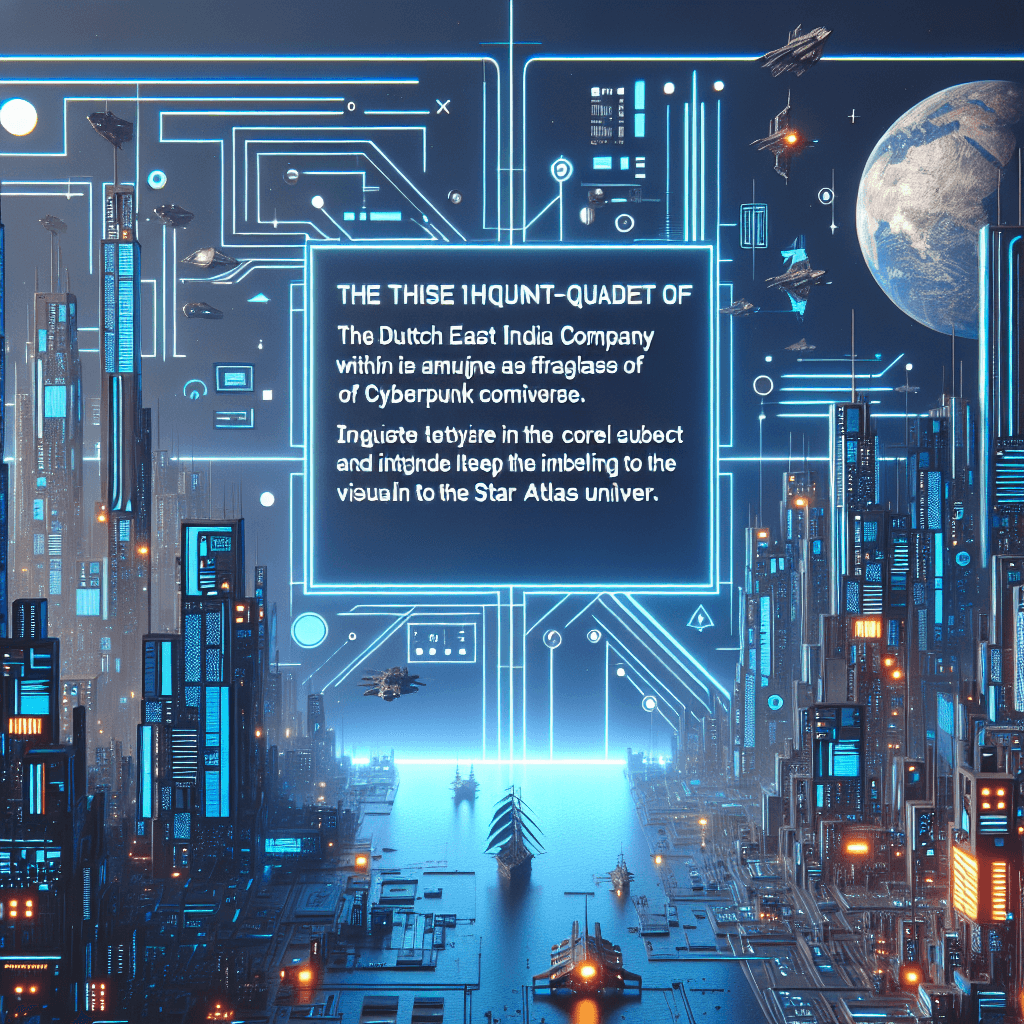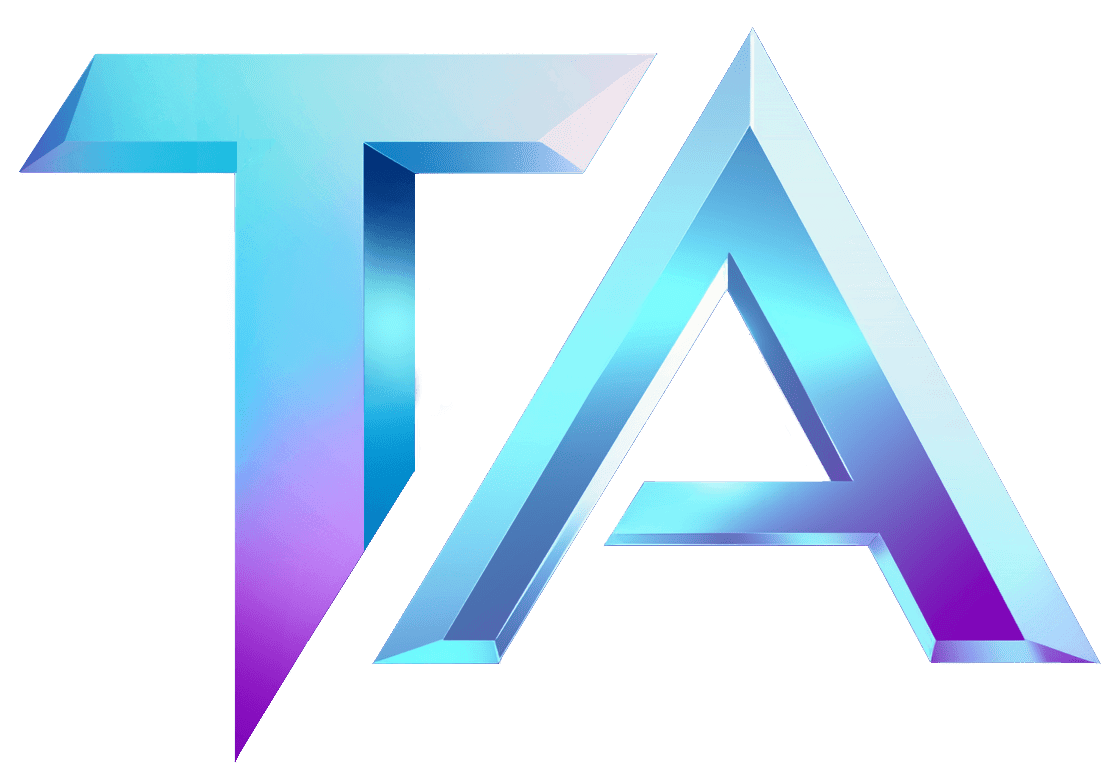Exploring Dutch East India Co.’s Influence in Star Atlas

Exploring Dutch East India Company’s Influence in Star Atlas
The Dutch East India Company (VOC) was a powerhouse of trade and exploration during the 17th century. This historical entity reshaped global commerce, established colonies, and created vast wealth through its trade networks. Today, as we explore the realms of Star Atlas—a vibrant, decentralized space-themed gaming metaverse built on the Solana blockchain—we can draw fascinating parallels between the Dutch East India Company and the game’s economic and strategic landscapes.
Trade and Commerce
The VOC was not just about exploration; it thrived on the commerce it facilitated. It established trade routes, controlled resources, and created a monopoly over certain goods like spices and silk. Similarly, in Star Atlas, players engage in a dynamic economy where trading is essential. Players can mine resources, trade assets, and build businesses within the game, mirroring the VOC’s real-world endeavors. Just as the VOC relied on strategic trade routes, players in Star Atlas cultivate their trading strategies to maximize profits.
Resource Control
The VOC had a significant influence over resource control and allocation, driving competition among European powers. In Star Atlas, resource control plays a crucial role as well. Players must identify valuable resources, whether they be minerals, fuel, or specific ship components. The strategic acquisition and defense of these resources echo the behavior of the VOC, which often took extreme measures to safeguard its interests. Controlling resources translates into strategic advantages in both the past and the digital universe of Star Atlas.
Strategic Alliances and Diplomacy
Collaboration was essential for the VOC’s success—establishing alliances with local powers to secure trade routes and resources. In Star Atlas, players can form alliances to enhance their gaming experience, sharing resources and information for mutual benefit. These player alliances can be likened to the VOC’s diplomacy practices, where cooperation sometimes outweighed competition, leading to shared prosperity.
Competition and Conflict
The VOC often faced fierce competition, leading to conflicts with rival nations and other trading companies. In Star Atlas, competition is equally fierce among players. Guilds and factions vie for dominance over key territories and resources, leading to conflicts reminiscent of maritime battles during the Age of Sail. Just as the VOC strategically planned its military endeavors to protect its interests, players in Star Atlas must prepare for combat or negotiate peace to protect their assets.
Governance and Economic Models
The VOC also served as a quasi-government entity, with the power to enact laws and collect taxes in newly established territories. In Star Atlas, governance is similarly pivotal. Players engage in decentralized governance through the DAO (Decentralized Autonomous Organization) structure, participating in decisions that affect the game world and its economy. Understanding these models can optimize how players manage their resources and alliances.
Conclusion
The echoes of the Dutch East India Company are present in the gameplay mechanics, economic philosophies, and strategic considerations of Star Atlas. By acknowledging these historical influences, players can gain a deeper understanding of the intricate systems at play, enhancing their gaming experience.
Do you want to dive deeper into Star Atlas with analytical insights? Visit Titan Analytics for specialized data modules or reach out to us at Titan Analytics Contact for support and inquiries. Happy exploring!




